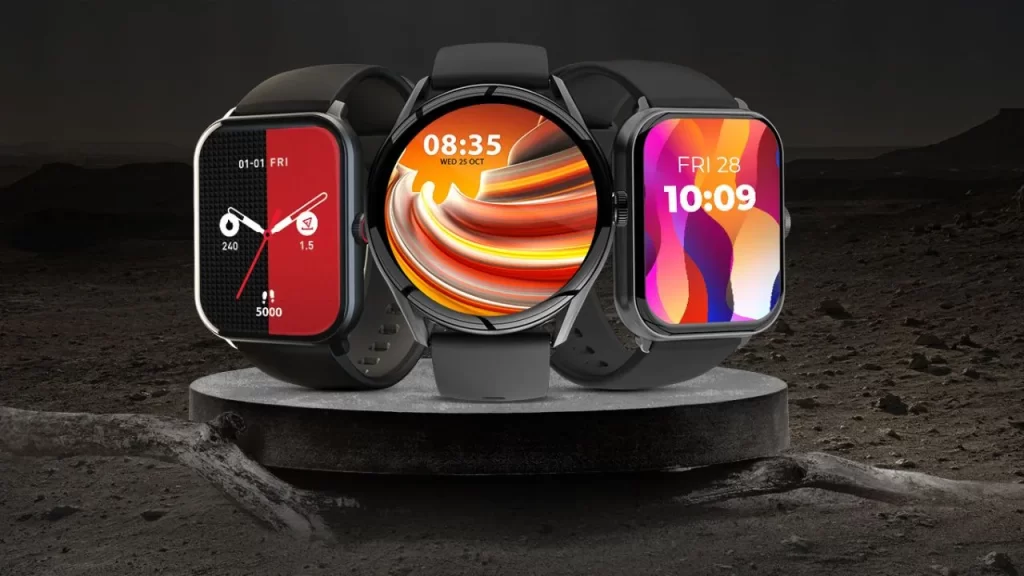Modern wearables offer many health benefits, from improved fitness and the management of chronic disease, to health maintenance and optimisation. With each passing year, new advances are edging beyond wearables that simply passively track health indicators, to wearables that actively enhance it.
But an exclusive focus on wearable tech could invite the neglect of other aspects of employee wellbeing (eg, mental wellbeing). A broader approach might incorporate these new technologies as one part of a suite of employee wellbeing measures.
Fitness Trackers
From the early days of rudimentary step counters, fitness trackers have evolved into sophisticated devices with the power to aggregate data across layers, and to transform it into the kinds of information that empower users to become proactive in their wellness regimens.
A fitness tracker can keep its user motivated by setting targets and providing feedback, and can even offer scheduled workout plans that have been specifically designed to meet their health and fitness needs.
Certain trackers are able to measure signs of stress from metric such as heart rate variability and body temperature. Gadgets such as Oura Ring develops this kind of tracking further, moving it from the wrist to the finger and providing period predictions and guided meditation sessions.
Blood Pressure Monitors
More than 110 million civilians have hypertension (high blood pressure), and with a growing interest in wellness and awareness of the need to monitor vital signs, more and more people are looking for ways to take their readings when they aren’t in a doctor’s office. Home digital monitors can be purchased at drugstores, discount stores and medical supply outlets for less than $100, without a prescription.
Many traditional monitors use an inflatable cuff placed around your arm that is tightened and then loosened to briefly cut off blood flow before releasing. The ensuing ‘whoosh’ of your heartbeat as blood begins to pump again will reveal your systolic reading.
Though smartwatches and fitness trackers have opted for an indirect approach, using optical sensors to measure the time it takes a blood pressure wave triggered by your heartbeat to flow through your body (pulse transit time), this approach has also not been studied in humans, validated clinically pulse corresponds to our perceived effort. We tend to claim that we’re calmer than most, when the truth is somewhat different.
Smart Clothing
It might be, superficially, easy to misconstrue smart clothing as nothing more than an extension of entertainment – but these future fibres aren’t supposed to be glitzy. Embedded circuits mean access to biometric feedback, such as body temperature or heart rate; connection to apps or devices open up even more potential than our traditional fabrics ever could.
Hexoskin, too, which records heart rate and temperature, and Fuseprojects — the power suits worn by dystrophic patients. Other companies have been developing new ways to turn garments into antennas, transmitting signals direct to smartphone or other devices using conductive thread.
But it’s the promise of 5G networks that holds the most potential for smart clothing. With its heightened network connectivity, it will be able to transfer larger volumes of live data (with extremely low latency, at that) in ways that smart fabrics have yet to be utilised.
Epidermal Technologies
Even if all wearable devices do not collect personally identifiable data, the ones that collect such data could raise privacy concerns that may deter a person from regularly wearing and using the device over a protracted period of time [77].
However, despite their limitations, there are a number of health wearables that can give early health warnings, enabling the users to notice an unusual metric and take it as a primary prompt to get to the doctor. Secondly, they give incentive to users to save time if it is an appointment-related need that is being reduced. Wearables, in essence, could potentially save cost investment in health treatments.
Wearable tech is here. Clinicians need to cultivate a welcoming, encouraging attitude towards it, and to recognise its potential to enable their patients in self-managed care. If they don’t, they risk estranging such individuals and undermining public health efforts. Of course, wellness programmes focusing on dimensions other than the physical should be fostered alongside wearable tech devices.
Disease Management
Smart clothing contains sensors that interact with an app to track stats, so you can actually use the device to be better accountable for hitting your goals, and to see where you can do more. What are fitness trackers but accountability partners? Smart garments will help you reach them faster while providing information on where you can do more.
Smart insoles, such as ones that send data to doctors to monitor diabetes patients and to help manage the disease – the US FDA has recently approved a diabetes-diagnosis technology – offer personalised recommendations on proper insulin dosages. Another potential application may be help for people with Parkinson’s disease: a device called gaitQ tracks movement patterns.
For healthcare, the implications are huge: wearable tech now allows doctors to have direct communication from patients regarding symptoms in real time, allowing medical teams to plan treatment faster, conducting fewer unnecessary tests that could give false information, or another false diagnosis altogether. Then there are haptic devices, gadgets that use vibration and force feedback to manipulate virtual objects – or touch screens – in real time to try and make the process faster.

